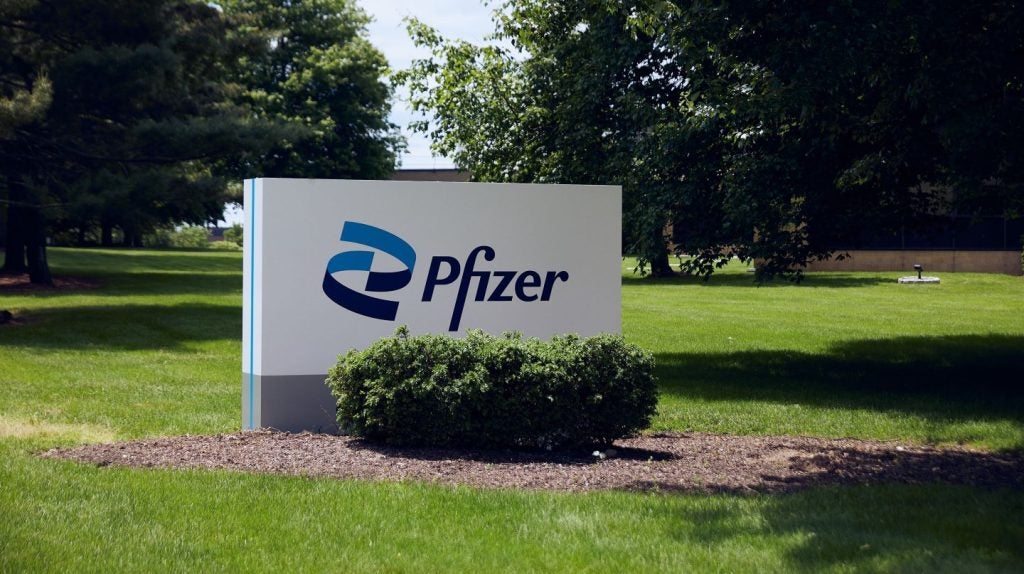AstraZeneca has announced its strategy for the cardiometabolic market, in particular for treating obesity and its co-morbidities, by combining the glucagon-like peptide-1 receptor agonist (GLP-1RA) therapy that the company recently acquired from Eccogene (ECC5004) with their cardio-metabolic therapies such as sodium-glucose co-transporter-2 (SGLT2) inhibitor Farxiga (dapagliflozin).
The company intends to combine ECC5004 with treatments in its cardio pipeline, and looks to develop therapies that address the co-morbidities associated with obesity as well as treating obesity itself and bringing about weight loss. It has long been known that patients with obesity often have additional co-morbidities such as hypertension, type 2 diabetes (T2D), metabolic syndrome, or cardio-renal disease. AstraZeneca’s strategy to address obesity and its co-morbidities attempts to establish a unique position in the obesity market where the main players, Eli Lilly and Novo Nordisk, offer therapies that focus on providing significant weight loss.
The comorbidities space in the obesity market is becoming increasingly competitive, however, with Lilly’s Mounjaro having potential use for cardiovascular disease and nonalcoholic steatohepatitis, and Novo Nordisk’s Wegovy recently demonstrating a significant reduction in the incidence of heart attack, stroke or death from heart disease.
AstraZeneca’s positioning is part of a wider re-alignment within a cardiometabolic market that is seeing GLP-1RA therapies likely to become the standard therapy of choice for physicians to treat obesity, T2D, cardiovascular disease and associated co-morbidities as a result of the abundance of positive clinical data. In addition, there are likely to be combination therapies using GLP-1RA alongside, for example, an SGLT-2I therapy, or an insulin, as in the case of Novo Nordisk’s Phase III therapy Icosema (insulin icodec plus semaglutide).
AstraZeneca has planned its GLP-1RA programme to be oral small molecules, as opposed to the first generation of injectable GLP-1RA therapies that Lilly and Novo Nordisk have produced. These could potentially obtain greater long-term market share compared to injectables, due to the improved compliance that the oral route of administration offers. The current explosion in the prevalence of T2D and obesity enables AstraZeneca to position itself as the leader in developing therapies that address the co-morbidities that encompass cardiometabolic disorders. The combination with the most significant potential is ECC5005 plus Farxiga, with Farxiga already a blockbuster SGLT-2I for T2D, heart failure and kidney disease which is expected to come close to $6bn in sales for 2023.
See Also:
AstraZeneca has also reported that it is considering combining ECC0054 with early-stage therapies such as its Phase I oral proprotein convertase subtilisin/kexin type 9 (PCSK9) inhibitor therapy (AZD0780) for dyslipidemia – another potential therapy that demonstrates the breadth a GLP-1RA combination therapy can have in treating cardiometabolic diseases.
How well do you really know your competitors?
Access the most comprehensive Company Profiles on the market, powered by GlobalData. Save hours of research. Gain competitive edge.

Thank you!
Your download email will arrive shortly
Not ready to buy yet? Download a free sample
We are confident about the unique quality of our Company Profiles. However, we want you to make the most beneficial decision for your business, so we offer a free sample that you can download by submitting the below form
By GlobalDataThere are significant opportunities for AstraZeneca in T2D and hypertension, and with the increasing incidence of obesity, they can become market leaders in addressing these diseases. The development of a combinatorial regimen is still some years away and in the immediate future, Lilly and Novo Nordisk will dominate the obesity market and continually compete to become the leaders in this space with their GLP-1RA therapies. AstraZeneca’s ECC5004 GLP-1RA therapy is currently in Phase I with the company reporting Phase II to begin in late 2023 or early 2024. Given Farxiga’s dominance in the SGLT-2I space, a combination with GLP-1RA will have significant benefits for treating the co-morbidities of obesity. GlobalData predicts that AstraZeneca has the potential to develop a market-leading oral therapy that addresses multiple cardiometabolic diseases, including obesity and cardio-renal disease, and as a result to become a preferred therapy for physicians when treating patients with complex co-morbidities.










Related Company Profiles
AstraZeneca Plc
Eli Lilly and Co
Novo Nordisk AS